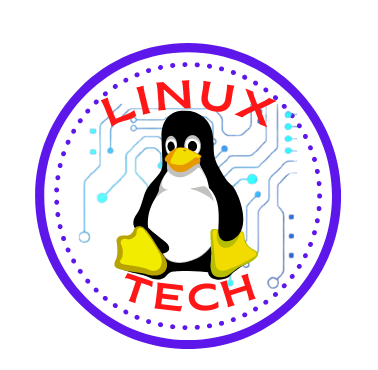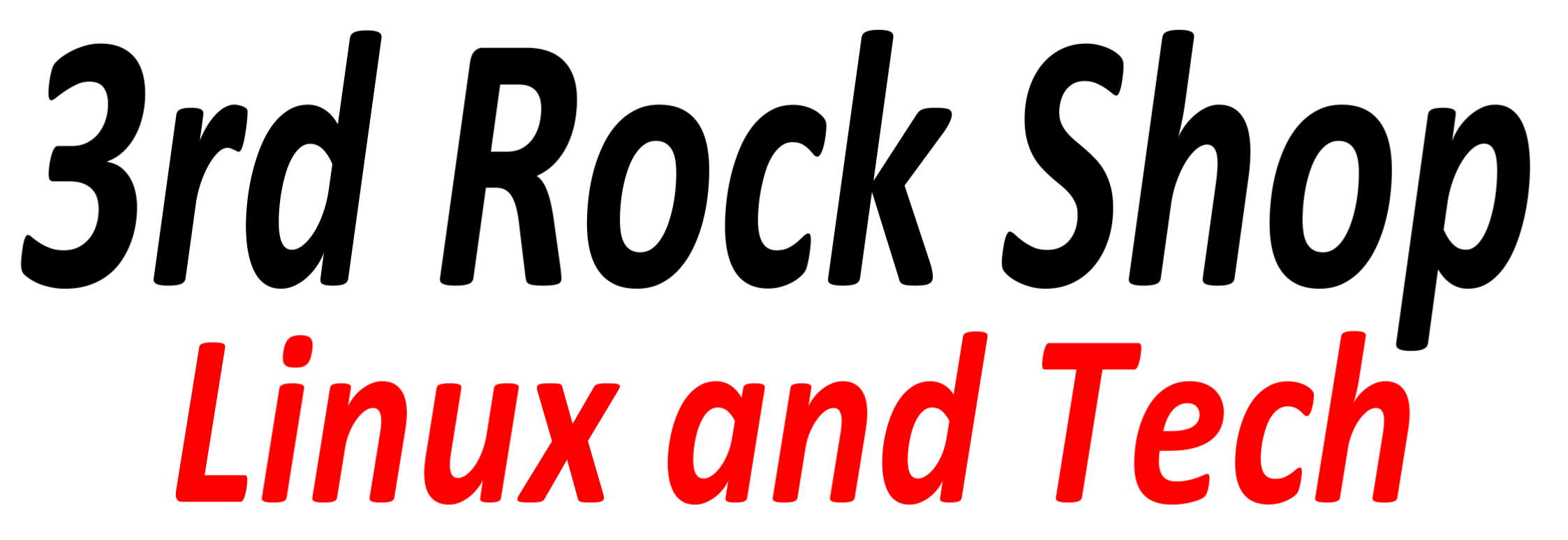Linux in cars and other transport
3 min readLinux has gained significant traction in the automotive and transport industries, transforming the way vehicles are designed, operated, and connected. Its open-source nature, flexibility, and robustness make it an ideal operating system for a wide range of transportation applications. From modern cars to autonomous vehicles and public transportation systems, Linux is revolutionizing the transportation landscape in various ways.
Infotainment and Connectivity: Linux is a common choice for in-car infotainment systems, offering drivers and passengers a seamless multimedia experience. Linux-based infotainment platforms provide access to navigation, music, video streaming, hands-free calling, and smartphone integration, enhancing the overall driving experience.
Automotive Instrument Clusters: Linux powers digital instrument clusters, replacing traditional analog gauges with interactive and customizable displays. Linux-based clusters offer real-time data visualization, allowing drivers to access critical information such as speed, fuel efficiency, and vehicle diagnostics.
Advanced Driver Assistance Systems (ADAS): Linux serves as the operating system for many Advanced Driver Assistance Systems, offering functionalities like adaptive cruise control, lane-keeping assistance, and collision warning. These systems enhance vehicle safety and contribute to accident prevention.
Autonomous Vehicles: Linux plays a vital role in autonomous vehicle development. It provides a stable and scalable platform for the complex algorithms and real-time data processing required for self-driving cars. Linux-based autonomous systems enable vehicles to sense and respond to their surroundings, facilitating safer and more efficient transportation.
Public Transportation Systems: Linux is utilized in public transportation systems, including buses, trains, and light rail networks. Linux-based onboard systems assist in route planning, fare collection, real-time scheduling, and passenger information, improving the overall efficiency and convenience of public transport.
Connected Car Services: Linux-based connected car platforms enable vehicles to communicate with each other and with the surrounding infrastructure. These platforms support vehicle-to-vehicle (V2V) and vehicle-to-infrastructure (V2I) communication, contributing to safer and more coordinated traffic flow.
Fleet Management: Linux-based solutions are used in fleet management, enabling businesses to track and manage their vehicle fleets efficiently. These systems offer real-time GPS tracking, maintenance monitoring, and driver performance analysis, optimizing fleet operations and reducing costs.
Telematics and Data Analytics: Linux powers telematics systems, which collect and analyze vehicle data to provide insights into driving behavior, fuel efficiency, and vehicle health. Data analytics on Linux-based platforms help improve fleet performance and optimize maintenance schedules.
Electric Vehicle (EV) Charging Stations: Linux is employed in EV charging stations, managing charging operations and handling secure payment processing. Linux-based charging systems are essential for the widespread adoption of electric vehicles.
Linux’s versatility and adaptability have made it a game-changer in the automotive and transportation industries. From infotainment systems to autonomous vehicles and public transport solutions, Linux is at the heart of the ongoing transportation revolution. As technology continues to advance, Linux will continue to play a crucial role in shaping the future of transportation, driving innovations that lead to safer, more efficient, and connected mobility solutions. With Linux as a foundation, the automotive and transport industries are poised for a transformative journey into a new era of intelligent and sustainable transportation.

